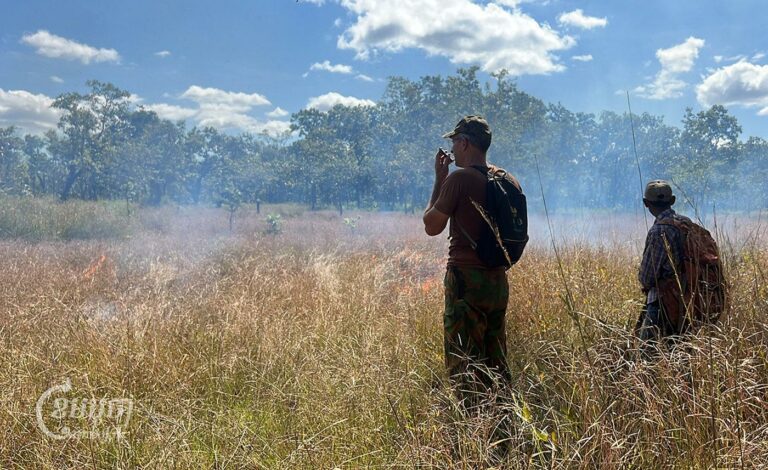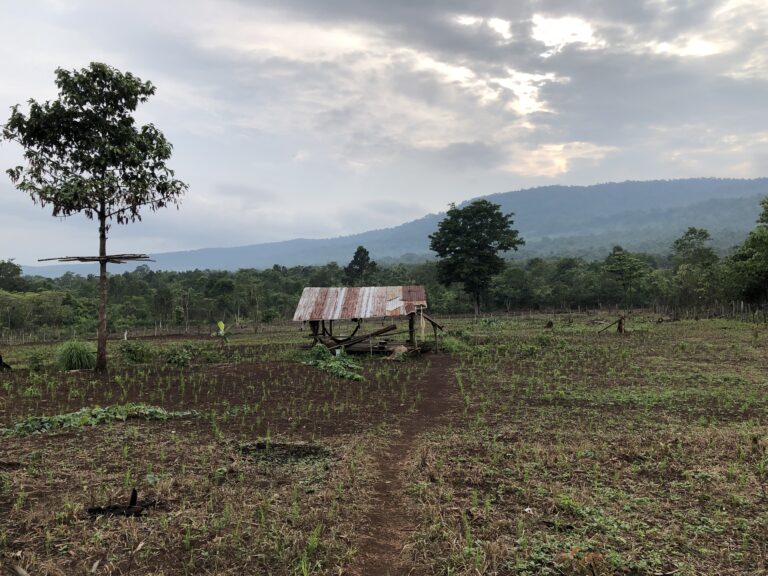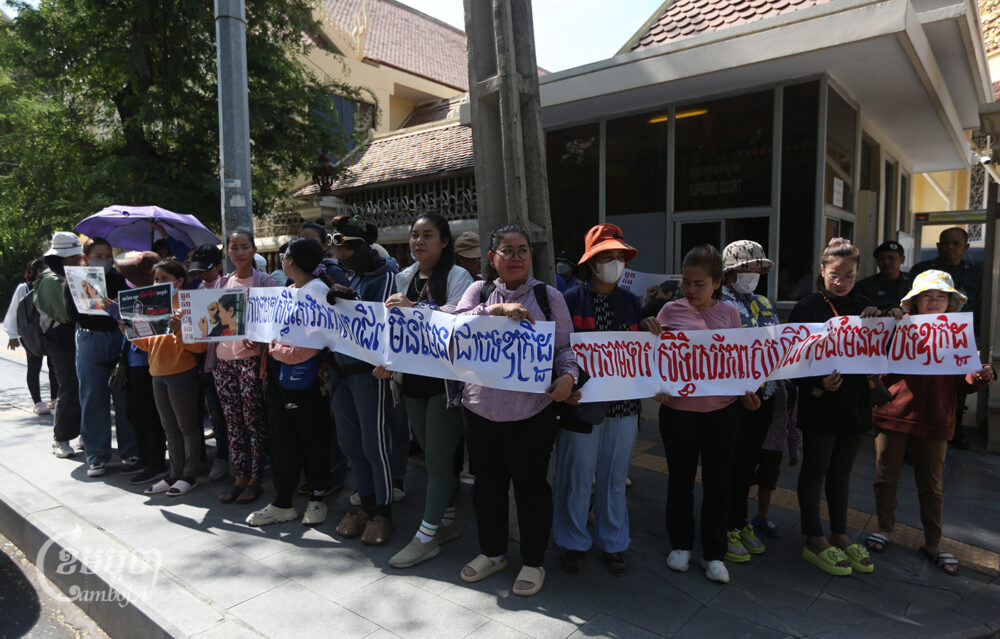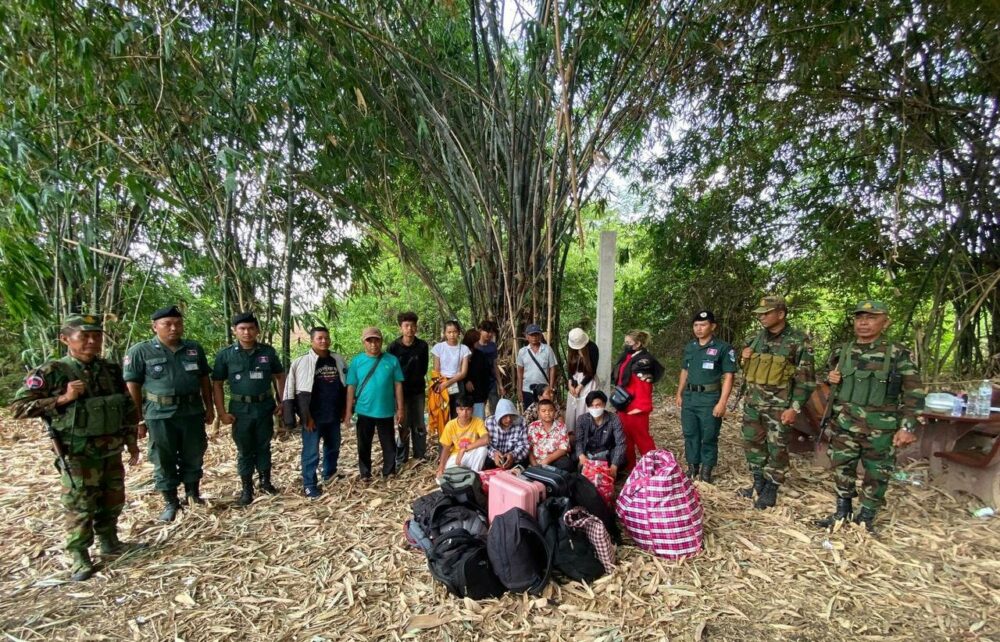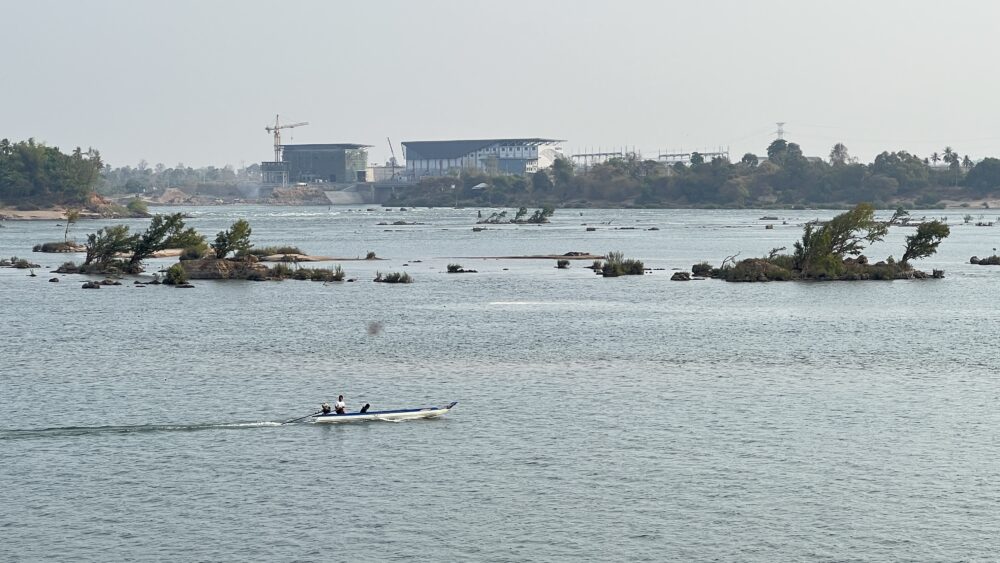A report published in June this year concluded Indochinese leopards are functionally extinct in Cambodia after camera traps failed to capture a single image of them in 2021. Between 2009 and 2019, a total of 35 animals were recorded by camera traps according to research by Panthera and Oxford University’s Wildlife Conservation Research Unit (WildCRU) published in Biological Conservation.
The data casts a shadow on the ongoing reintroduction efforts for different, bigger cats that formerly roamed Cambodia: tigers. The World Wildlife Fund’s (WWF) has decided to shelve its plan to reintroduce tigers in Cambodia’s Eastern Plains for the time being, but other government and NGO efforts to get tigers roaring again in Cambodia are moving forward.
Cambodia was estimated to have the second largest tiger population in the world in 1999 by the nonprofit Cat Action Treasury, but the last camera trap footage of a tiger was in 2007. Even though Cambodia pledged with 12 other tiger range nations to help double the global wild tiger population at the Tiger Summit in 2010, by 2016 tigers were declared functionally extinct by WWF, similar to the current state of the smaller Indochinese leopards.
Also in 2016, former Prime Minister Hun Sen and the Ministry of Agriculture, Forestry and Fisheries approved the Cambodian Tiger Action Plan which had plans to first release tigers brought from abroad in 2019.
Two reintroduction programs were kickstarted in the two regions where tigers previously lived in Cambodia; the WWF aimed to reintroduce tigers in the eastern dry forests of Mondulkiri province and Wildlife Alliance worked in the Cardamom Mountains.
WWF had already completed a preliminary feasibility study in 2013 on Mondulkiri’s Eastern Plains, which determined the region would be very suitable for India’s bengal tigers, the most likely candidates to be the first transnationally relocated tigers. They also published a framework for monitoring the animals and a survey of prey populations for the tiger to eat.
But given the decrease in prey populations over the past ten years and concerns about local law enforcement being able to reduce poaching, Thomas Gray, the Tiger Landscape and Recovery Lead for the WWF Tigers Alive Initiative, does not believe that the Eastern Plains are currently suitable for tiger reintroduction.
“WWF in Cambodia made the decision that we’re not going to look credible, talking about tiger reintroduction in eastern Cambodia, at a time when we’ve very publicly documented that prey numbers have declined by 80%,” said Gray. “WWF decided that it would be more sensible to pursue recovering prey than talking about tigers.”
WWF made the decision to halt its plans to bring tigers to the area and refocus its conservation initiatives in 2021 after abysmal findings of a 10-year study on prey animals was published, according to Tep Asnarith, communications director for WWF Cambodia. The decline in these populations was primarily attributed to snares: wire traps set by poachers to catch game.
“This highlights the insidious impact snares can have on wildlife and serves as an alarm call for other sites in Southeast Asia,” stated Asnarith over email. “WWF in close cooperation with the government’s Ministry of Environment and partners, launched joint solutions to address the situation, [they] successfully implemented the Zero-Snaring campaign to educate people across the country about the consequences of snaring and wildlife meat consumption.”
Gray was listed as a contributing researcher in the June Panthera report for running the first leopard camera traps in 2007-2009, and fully agrees snares are responsible for the decline in Indochinese leopard and tiger prey populations.
“The plight of leopards clearly demonstrates that the landscape wasn’t ready for tigers, the decision not to push it was vindicated tragically by the likely loss of leopards,” said Gray. “Leopards could actually probably live in Phnom Penh better than in Mondulkiri due to the lack of snares,” he said with a dry chuckle.
He explained that the leopards disappeared partly due to a decrease in law enforcement and that more rangers are needed. The snares are usually intended to catch smaller animals, not leopards, he said. Once the snaring crisis is stopped and prey populations restored, he speculated it might be more sensible to reintroduce leopards before tigers.
The Panthera report focused on the last remaining known Indochinese leopard ranges in Srepok Wildlife Sanctuary, where WWF originally was focusing on tiger reintroduction. But the Cardamoms Mountains are a more viable option for tiger reintroduction according to all parties involved.

The Environment Ministry has shifted its focus to reintroducing tigers in the Cardamoms with Wildlife Alliance as the NGO partner. A memorandum of understanding was even signed in November 2022 between Cambodia and India to collaborate on tiger rehabilitation. Tigers would be relocated from India given the country’s robust population of tigers and the success of Project Tiger.
“Now, given that Wildlife Alliance is very good in the Cardamom mountains in terms of protecting, conserving and enforcing the laws, we have a very good natural habitat for tigers to be reintroduced from India to that place, so we’ll pile up that area first,” said Deputy Director General Loeung Kesaro, the team leader for tiger reintroduction at the Environment Ministry. “When we have enough capacity, enough resources, then we can expand [to] Mondulkiri province.”
Kesaro explained there is a technical team from the Environment Ministry working on the project, but he also wished there were more people and resources devoted to tiger reintroduction. He championed the success of Wildlife Alliance’s Southern Cardamom REDD+ project, crediting them with helping to make up for this lack of capacity at the ministry.
Human Rights Watch began investigating Wildlife Alliance in April 2022 for allegations of human rights abuses in its REDD+ project.
The ministry does not have a database or research team for leopard populations as far as Kesaro knows and he is not concerned about the Panthera report, which he had not read.
“For me, for the Ministry of Environment, we want to see tigers in Cambodia next year, as soon as possible. We have planned for everything,” Kesaro said.
Wildlife Alliance even has a tiger reintroduction station built in the Cardamom Mountains bordering a community zone, where local residents are allowed to live and farm. This station was included on a map in a blog posted on April 15, 2022 by the carbon credit marketer Everland which supports the NGO’s REDD+ project in the Southern Cardamom Mountains. The post was authored by Everland’s President Joshua Tosteson and taken off of Everland’s website sometime this year.
Nick Marx, director of Wildlife Rescue and Care at Wildlife Alliance, is in charge of the tiger reintroduction project. He confirmed there was a station constructed for tiger reintroduction, but said the tigers would be released deep in the core zone of the Southern Cardamoms National Park, which has since been combined with the former Central Cardamom Mountains National Park to create Cardamom National Park. He declined to comment further.
“It is too early to give any updates. When it gets closer I will let you know. It is going in the right direction, so let’s keep our fingers crossed!” stated the organization’s founder and CEO Suwanna Gauntlett over Telegram.
The Environment Ministry and Wildlife Alliance have already completed a feasibility study for the Cardamom Mountains that suggests the area could support up to 20 tigers, according to Kesaro. While that is the ultimate goal, Kesaro said the ministry hopes to start by obtaining a male and two or three females from India for the first wave of tiger arrivals.
The Environment Ministry technical team will be meeting with experts from India on Monday to finalize a proper draft for the project. Kesaro hopes at the meeting they will nail down a date for the Indian delegation to visit the Cardamom Mountains.



